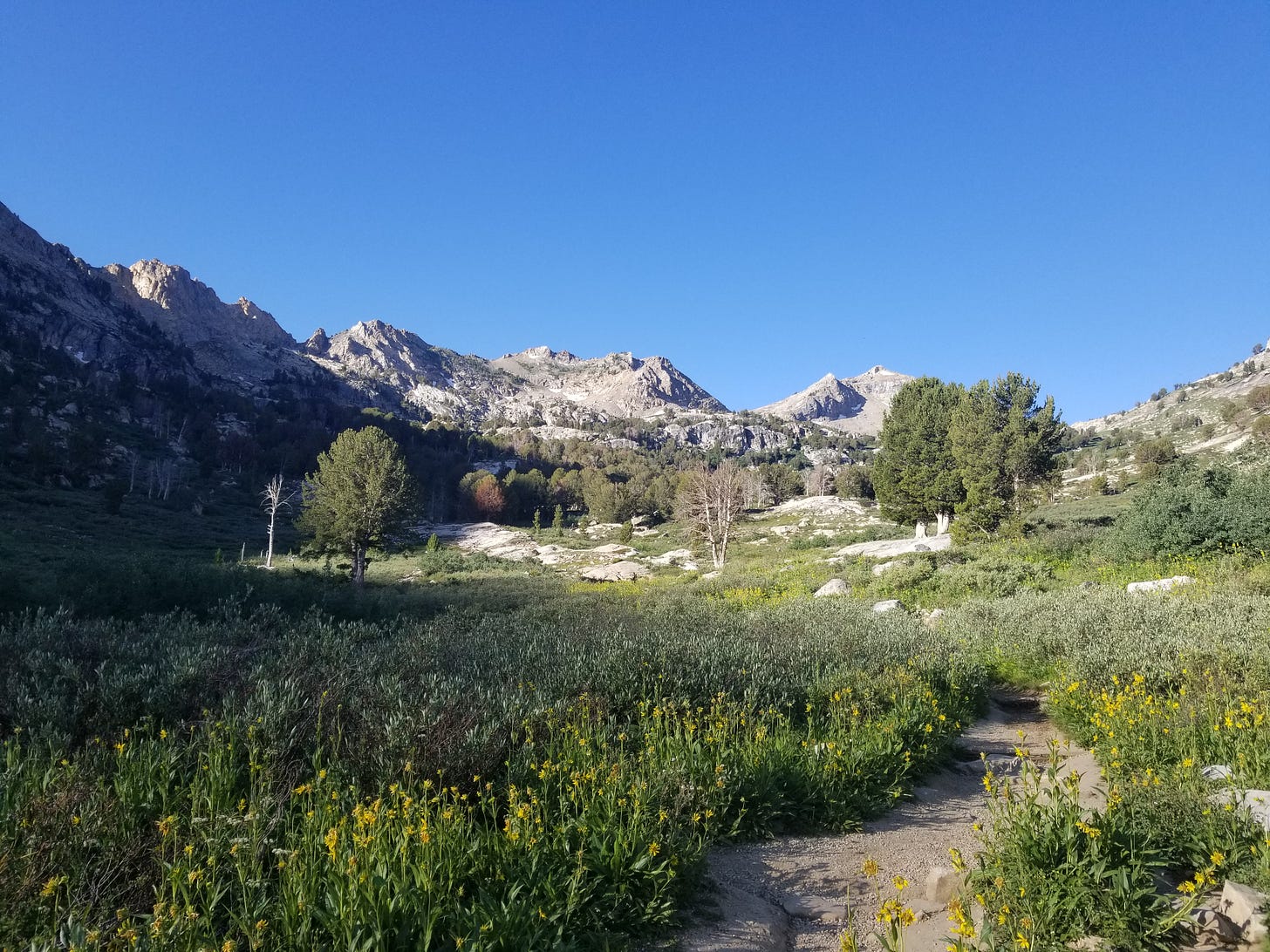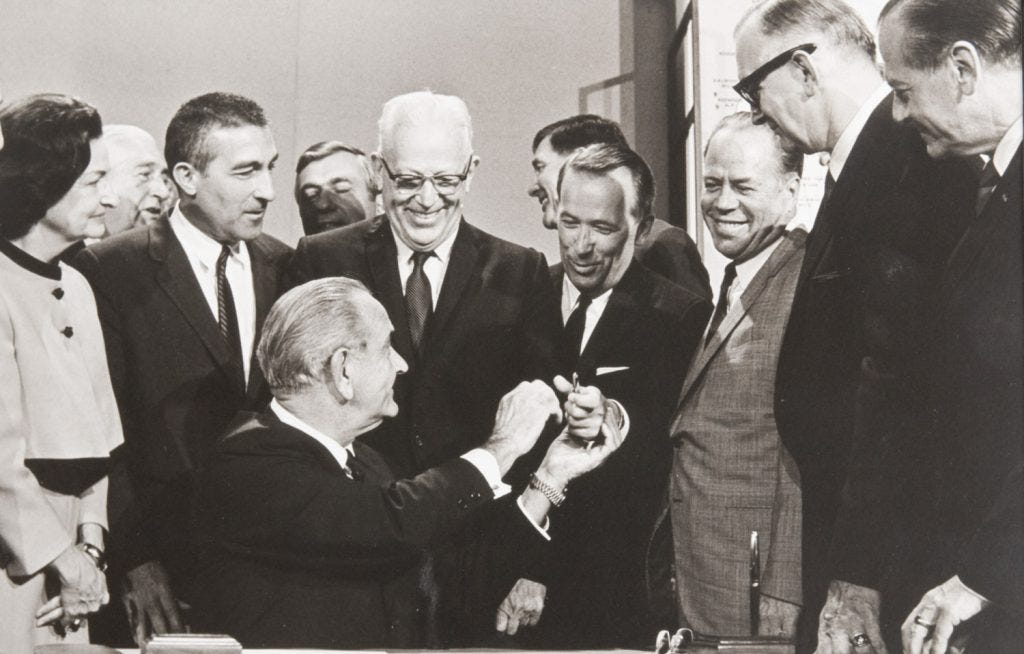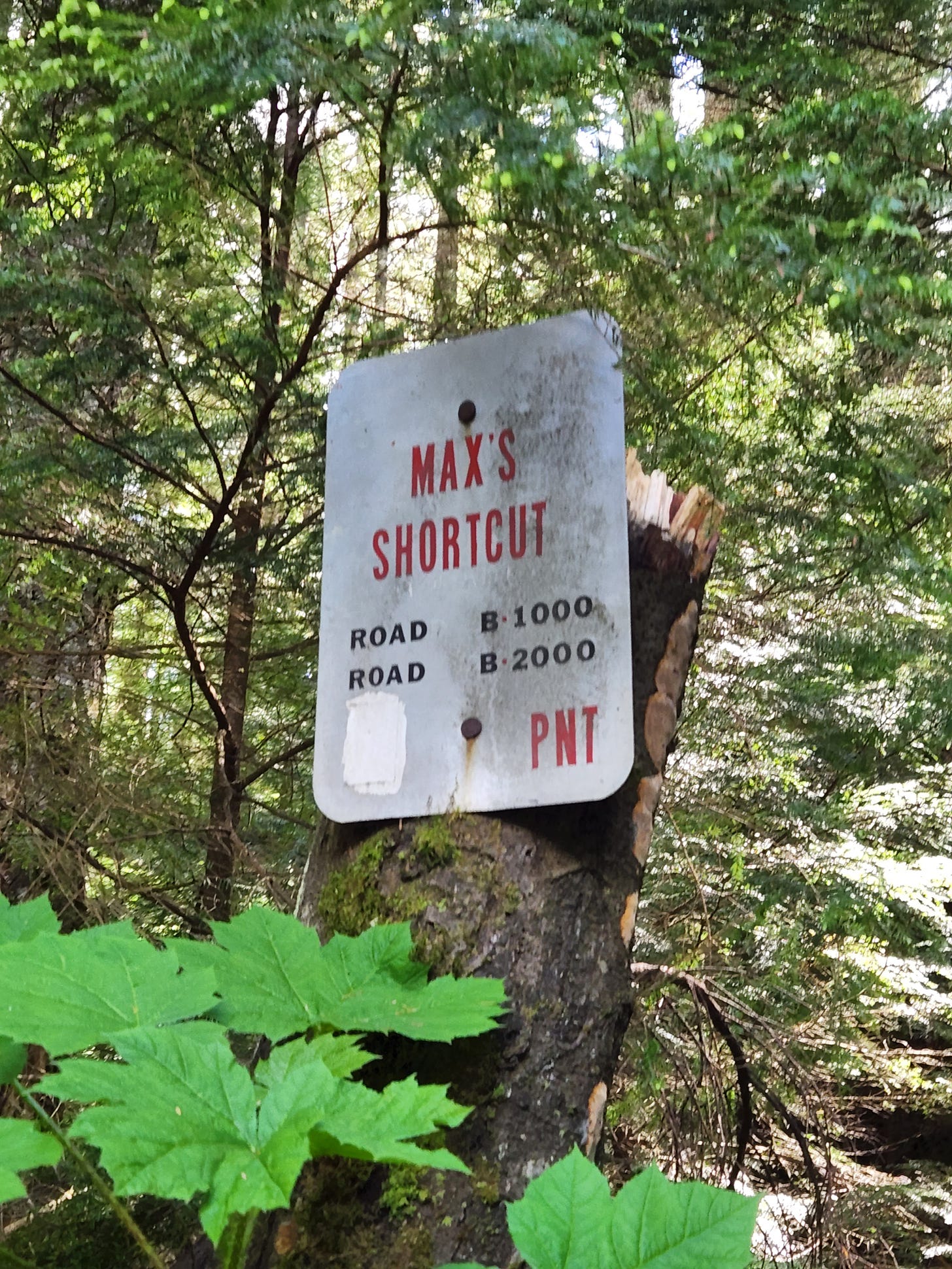Summer is coming to its end, but backpackers continue to make their way on long-distance trails hoping to complete their treks before the snow flies (and between fires forcing detours). They have many options.
Today, 32 national scenic and historic trails stretch along 55,000 miles in the United States. That’s enough to circle the globe at the equator twice and have enough leftover miles to cross the United States and almost return across the country. Although trails are ancient, federally-designated routes are recent. How did that happen? Read on!

Through August (only 2 more days!), you have the chance to become a paid subscriber at a discount.
Benton MacKaye and the Birth of an Idea
If you read the provocative and fascinating book On Trails: An Exploration by Robert Moor (and I encourage everyone to read this book), you’ll learn that trails are more ancient than we’ve typically imagined. But long-distance, recreational trails – pathways maintained for more than simple mobility – are relatively new.
American hiking clubs developed in the 19th century, focusing on local trails. In 1921, an unusually intellectual forester named Benton MacKaye (pronounced MacKye) proposed tying together local trails into a pathway that followed the Appalachian Mountains from Georgia to Maine. MacKaye evolved out of radical politics and pioneered the field of regional planning, so his vision of the Appalachian Trail grew beyond a simple walking path.

MacKaye’s short proposal, “An Appalachian Trail: A Project in Regional Planning,” captured a way to reorganize society. Foremost in his mind were economic questions, and MacKaye especially was concerned with thinking seriously about leisure time as a way to solve problems of labor. According to his calculations, MacKaye figured if Americans devoted just one percent of their spare time to “increasing the facilities for the outdoor community life,” it would be the equivalent of 40,000 people working full-time on it. That would transform the landscape.
The trail might be the anchor of such a vision with supporting lines reaching to it. The “scouting life,” as MacKaye called life oriented to the trail, could tap into what William James called the “moral equivalent of war,” appealing “to the primal instincts of a fighting heroism, of volunteer service and of work in a common cause.” The trail and supporting communities “can be made spectacular,” said MacKaye.1
Today, when thinking about these trails, it can be hard to remember a broad social vision undergirded them from the beginning, rather than a place for young, athletic people outfitted in Patagonia gear to escape for weeks or months.
Creating a National System
But some of that broad vision (if not the radical parts) remained when Congress finally got around to establishing a national trails system.
President Lyndon Johnson sent a message to Congress on February 8, 1965, on “Conservation and Restoration of Natural Beauty.” He had plenty to say, a small part of which concerned trails.
“The forgotten outdoorsmen of today are those who like to walk, hike, ride horseback or bicycle,” said the president. He called for a cooperative program that would create a national trail system. To some degree, the call for a cooperative program reflected political and practical realities. Trails crossed many jurisdictions and required cooperation. But it also, at least symbolically, hearkened back to when hiking clubs worked together in groups to maintain the trails. In this era, the communal element had begun to disappear, replaced by a more individualistic hiking culture.2
Johnson tried to prod Congress again 13 months later, saying, “A citizen should be able to leave his car behind and explore a scenic trail on foot, by bicycle or horse.” Congress acted. And on one day, President Johnson signed four major conservation laws, including the National Trails System Act.3 When he signed it, Johnson captured the simplicity of trails and the difficulties of walking in urban America:
The simplest pleasures – and healthful exercise – of walking in an outdoor setting have been almost impossible for the millions of American who live in the cities. And where natural areas exist within the cities, they are usually not connected by walkways. In many cities, there are simply just no footpaths that lead out of the city into the countryside.

For those of us who envision trails bisecting remote wilderness areas, this urban emphasis might be surprising. But the policy statement at the beginning of the legislation was clear – and linked back, at least tangentially, to MacKaye’s earlier ideas:
In order to provide for the ever-increasing outdoor recreation needs of an expanding population and in order to promote public access to, travel within, and enjoyment and appreciation of the open-air, outdoor areas of the Nation, trails should be established (i) primarily, near the urban areas of the Nation, and (ii) secondarily, within established scenic areas more remotely located.
The National Trails System Act established the Appalachian Trail and Pacific Crest Trail as the inaugural pieces to the system. It also listed more than a dozen other trails to be considered for the system in either “recreation” or “scenic” categories, many of which now bear the national trail imprimatur. A decade later, “historic” trails were added.
In Your Neighborhood and Mine?
Today, I can be on the Pacific Northwest National Scenic Trail in less than half an hour. The PNT is one of the newest trails, established in 2009 but with roots going back half a century. Most people, even many who live within miles of it, are unaware of it. It lacks some of the history and glamour of the original trails. Given how many national trails there are, chances are one is near you. Check out the map and see.
And then, maybe, take a hike!

Final Words
Several years ago, I wrote about that day when President Johnson signed four conservation laws, using it to comment on our often gridlocked and dysfunctional Congress.
As always, you can find my books, and books where some of my work is included, at my Bookshop affiliate page (where, if you order, I get a small benefit).
Taking Bearings Next Week
Next week, The Field Trip returns, and given this week’s newsletter, I’m thinking I should probably take a hike on the PNT. Stay tuned!
Besides MacKaye’s work itself, I relied on relevant parts of Sarah Mittlefehldt, Tangled Roots: The Appalachian Trail and American Environmental Politics (Seattle: University of Washington Press, 2013); Paul Sutter, Driven Wild: How the Fight against Automobiles Launched the Modern Wilderness Movement (Seattle: University of Washington Press, 2002).
Silas Chamberlin, On the Trail: A History of American Hiking (New Haven: Yale University Press, 2016). There is a lot more to say about cooperation and partnerships. Mittlefehldt makes this a centerpiece to her fantastic Tangled Roots.
He also signed the Wild and Scenic Rivers Act and created both North Cascades and Redwoods national parks.


